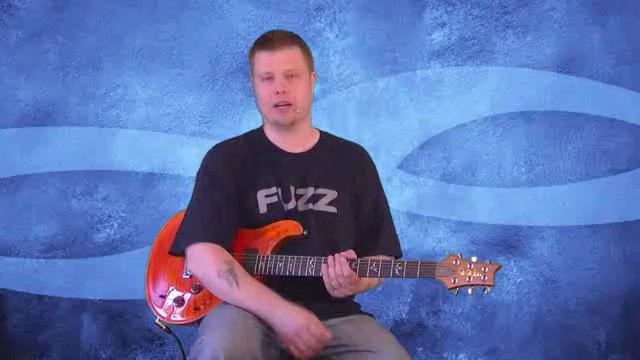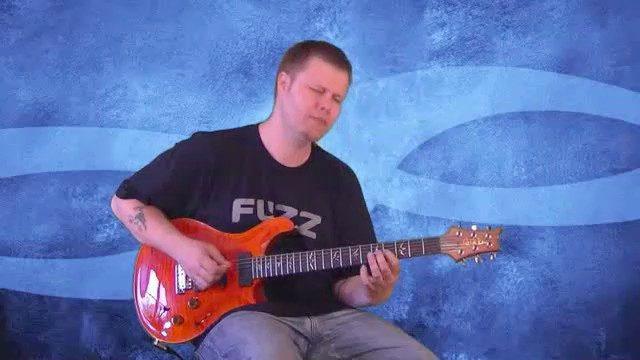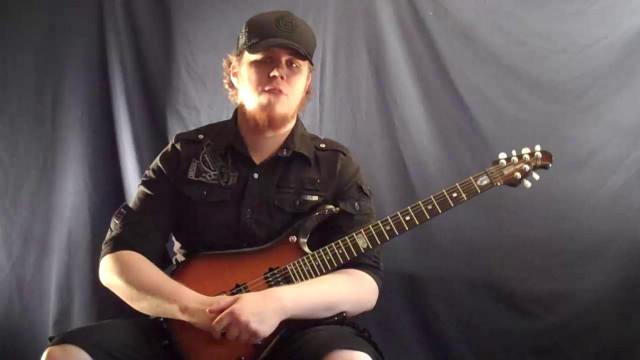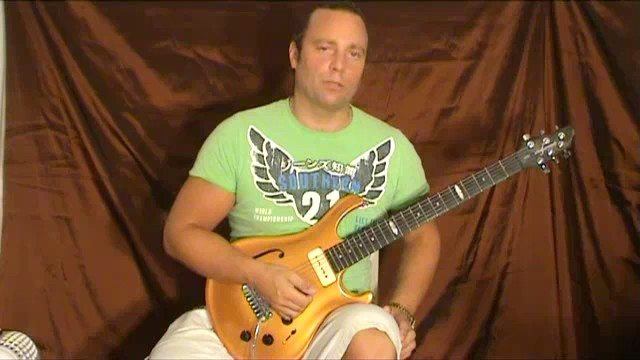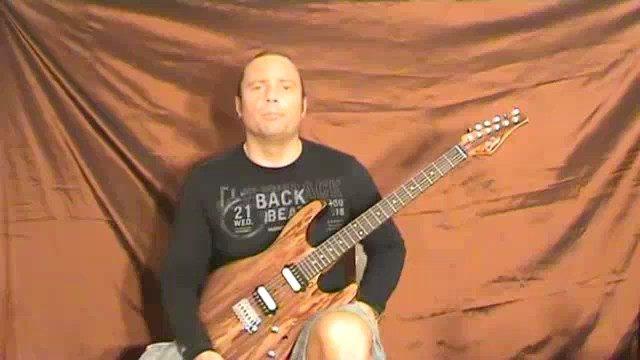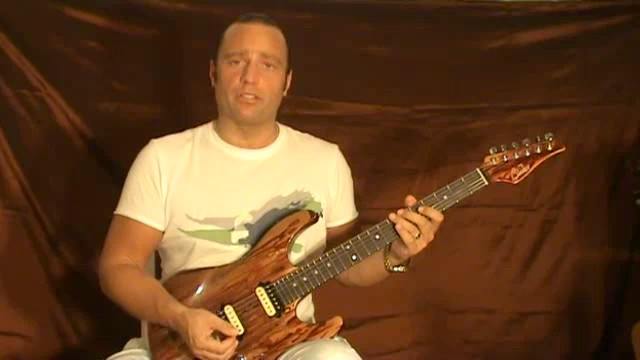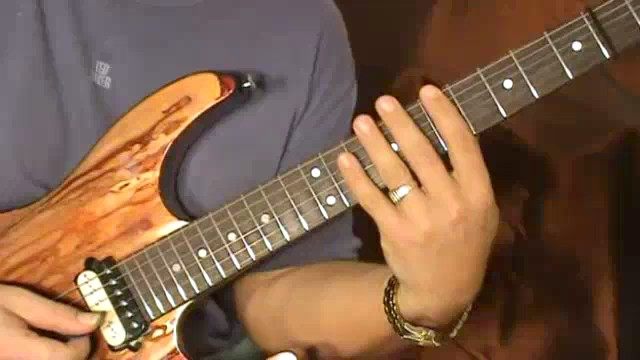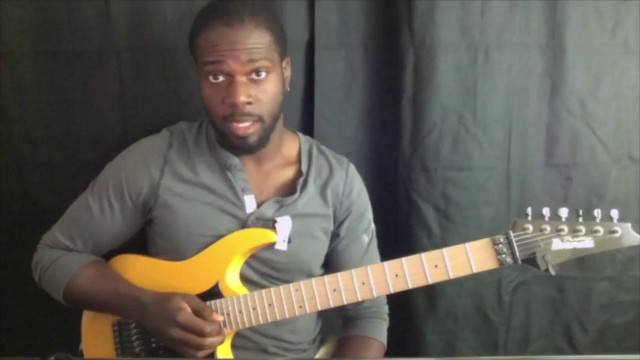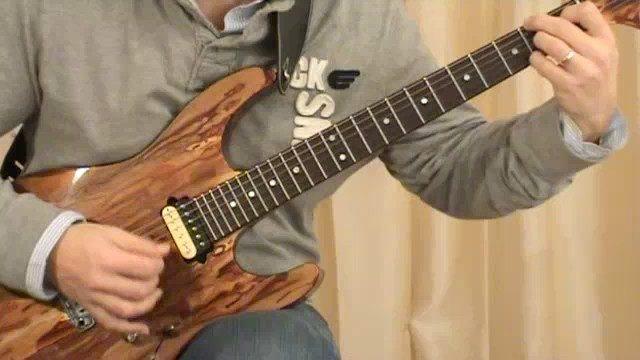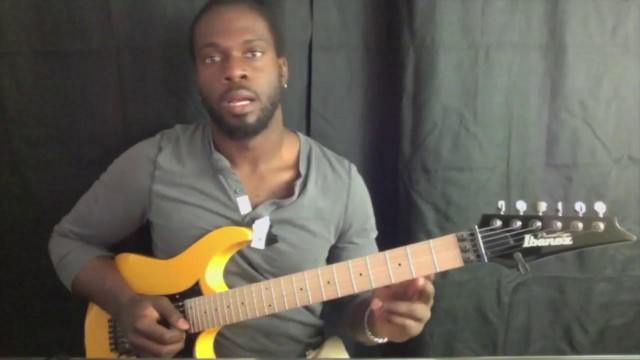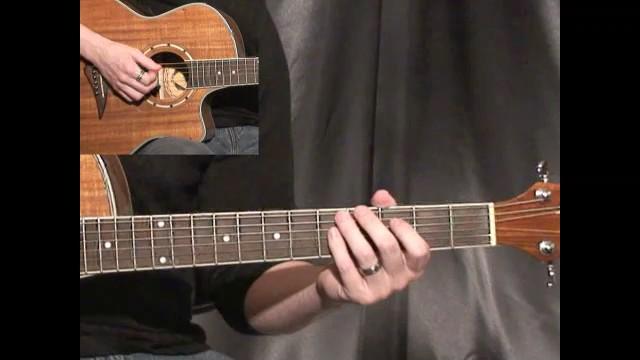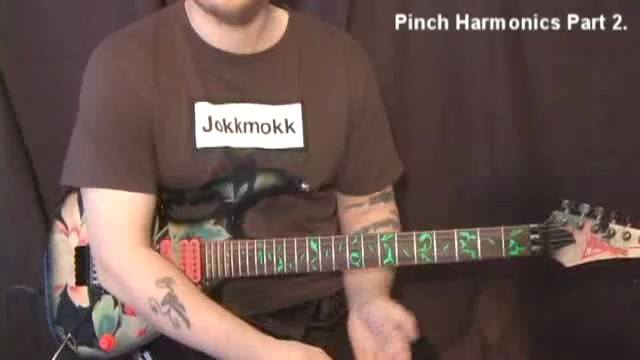Now one of the easiest and fastest ways to learn to use these bends is by using the two string symmetrical scale.
The two string symmetrical scale is commonly taught and is extremely useful when visualizing the fret board.
It can help with seeing octave shapes, common one octave scale shapes (as they exist in many places all over the fret board), and it also helps greatly with developing long flowing lines.
Now the discussion of the two string symmetrical; shape is another topic for an entirely different lesson but I'll start you with an intro to the use of this shape during this lesson.
What is a two string symmetrical shape and how is it different than other scale shapes?
First off let’s define the word symmetry - "the quality of being made up of exactly similar parts facing each other or around an axis."
As it refers to our instruments symmetry would be when we have a shape that visually and physically repeats across the fret board.
The two string symmetrical shape is a "horizontal" shape that uses the symmetry of a one octave scale shape to create a larger 6 string shape.
When using this shape with major or minor 7 note scales with your root on the 6th string you will always have the following amount of notes on each string.
E - 3
A - 4
D - 3
G - 4
B - 3
E - 4
As you can see we have a pattern of 3 - 4 - 3 - 4 - 3 - 4
That's not just a coincidence. If we are using the Key of A major (A-B-C#-D-E-F#-G#)
Our low E, D, and B string will all contain notes A, B, and C#.
Our A, G, and high E strings will all contain notes D, E, F#, and G#.
Now you can see the symmetry between each string. Please refer to the tab provided to further understand the two string symmetrical shape.





